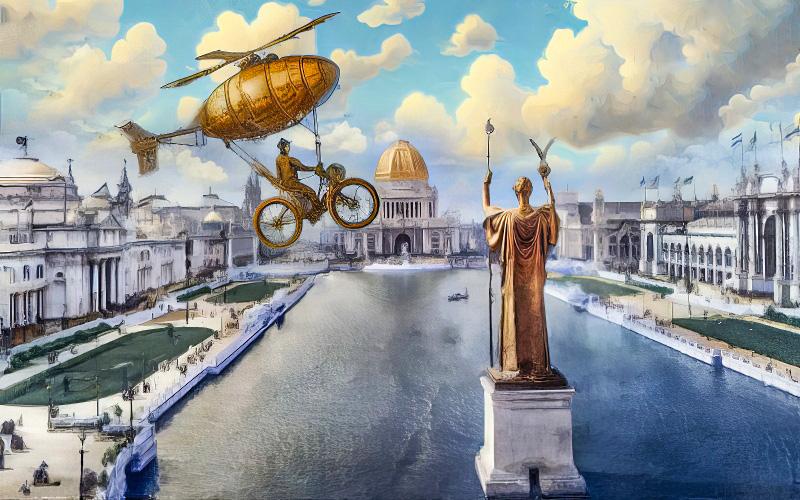
Fair of the Future—Chicago’s International Exposition, A.D. 2000:
Second Prize
“Greatest of All” by Mary F. Arnold
Continued from:
First Prize: “Chicago’s World’s Fair, A.D. 2000” by Percival Owen
They were smartly clad in knickerbockers and silk jackets, the latter slashed and trimmed with soft brown leather, buttoned to their throats. Each wore a belt, leggings and shoes of the brown leather and a brown sailor hat. The girl wore, also, a short silk skirt reaching to her knees, and wore her hair down her back in two heavy braids. The man carried a small satchel. They were on their wedding journey and were radiant with happiness.
Not even the rose-colored haze through which they now looked at the world could wholly account for the rapture with which they viewed their surroundings. Behind them, on the top of the mountain, the Chicago Building lifted its marble walls, to be crowned with a dome of gold.[1] A massive balustrade, whose white columns supported hanging gardens of tropical luxuriance, surrounded the building, thus framing a promenade of noble proportions. Marble terraces led to wide avenues down the mountain side. These avenues were inlaid with costly mosaics and shaded by stately trees. Here are regal buildings stretched in magnificent lines beyond the site. Built substantially of stone, cleft from mighty canons, their grays, moss-greens and red-browns glistening with silver and gold delighted the eye and refreshed the mind. Varied in architecture, colossal in conception and perfect in execution, they well stood for all that is best in the world. Directly in front of the travelers was a lagoon, bordered by monstrous trees, transplanted from the giant forests of California. Here were silver yachts, with many-colored sails; undulating fountains of iridescent waters; priceless marbles, with the peristyle in the blue distance, whose column of fluted silver upheld the flaming Liberty.
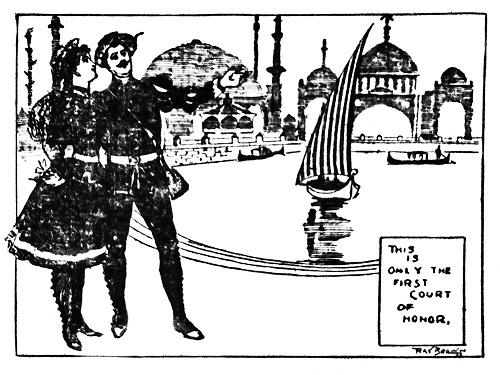
“This is only the first court of honor!” [Image from Chicago Times-Herald February 2, 1896.]
“There could not be another so beautiful,” answered her husband. But he was looking at her and not at the Court of Honor. People were passing in multitudes. Some walked; some, in wheeled chairs,[3] were propelled over tracks by underground electricity; others had electrical wheels attached to their shoes, which enabled them to skim over the grounds with lightning rapidity; still others, in aerial cars, floated overhead with the ease of birds on the wing.[4]
Wishing to see the other side of the mountain, the two visitors selected a chair—built for two—and, touching a button, were miles away in less time than it takes to write it.
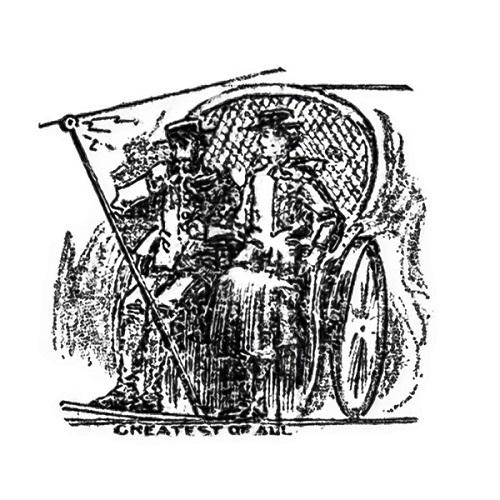
Visitors to the 2000 World’s Fair imagined in “Greatest of All” rode in wheeled chairs propelled over tracks by underground electricity. [Image from Chicago Times-Herald February 2, 1896.]
Far to the right towered two immense buildings, each several square miles in area and forty stories in height.[9] They were the splendid marble dormitories and baths. Our friends now remembered that they were tired and hungry. They found a quiet nook in the Building for the Newly Wedded. Then the man opened a small box which disclosed two compartments.
“Nitrogen and carbon, or sodium, my love?” asked he.
“Sodium, dear. I am quite worn out.”[10]
“I feel very shaky myself. Here’s to you!”
They took the pellets into their mouths and let them dissolve. Then taking from their pockets some porcelain mouthpieces, they screwed them to adjacent water pipes and quenched their thirst.
“How time marks our progress,” said the girl.
“Yes, love.”
“A century ago physical strength was maintained in quite a different way. I have read that people ate flesh and drank costly fermented liquors. We do not sufficiently appreciate our blessings.”[11]
“There is one blessing that I most thoroughly appreciate,” returned he, meaningfully.
Flushing prettily, she continued:
“A small bag holds our raiment; a pillbox, our food; our lodgings can be reached in a few seconds by pressing a button on a chair. We have much for which to be thankful.”
“Much,” He repeated, fervently.
“An exact reproduction of ‘The White City’ of 1893 is exhibited in the ancient relics building.[12] It was built of a plaster that crumbled and became unsightly. Now our fair has come to stay.”
“Forever and ever,” he murmured.
“Then the mountains add so much! It is like Chicago to build them to order. I am anxious to see the Horse; it is said to be the only one in existence. And that perpetual motion machine[13] invented by Edison Snapp. They say that an ancestor of his was an inventor of some note.”
Night came on.
With one impulse “The Greatest of All” blazed into glory. Great searchlights on far mountain tops traversed the distances; millions of colored stars trailed into the waters; music from a thousand instruments lulled the senses into sweet repose.
“After all, there is one thing that remains unchanged through the centuries,” spoke the man, musingly.
“And that?”
“Is true love, dearest!”
MARY F. ARNOLD,
904 South Center Street, Terre Haute, IN
Continue reading:
Third Prize: “Yesterday at the Exposition [From the Times-Herald, June 27, 2000]” by L. Frank Baum COMING SOON
NOTES
[1] This description of an imagined “Chicago Building” evokes the proposed Chicago Civic Center, a centerpiece of Daniel Burnham and Edward H. Bennett’s renowned 1909 Plan of Chicago.
[2] The Court of Honor at the 1893 World’s Fair in Chicago featured a group of Beaux Arts white palaces lining the Grand Basin.
[3] Wheeled chairs, more often called rolling chairs, pushed by attendants were a popular way to see the fairgrounds of the 1893 World’s Columbian Exposition in Chicago. Arnold’s vision of electric-powered wheeled chairs seems to anticipate the automobile.
[4] Flying cars appeared in speculative fiction well before the advent of the automobile. Perhaps a ride on the Ferris Wheel at the 1893 World’s Fair inspired some to think of “aerial cars” that floated above the city?
[5] The U.S. had purchased Alaska from Russia in 1867; it became a U.S. territory in 1912 and a state in 1959.
[6] Even before the Cuban War of Independence began in 1895, the U.S. government had aspired to bring Cuba into its commercial sphere.
[7] In 1895, the U.S was pulled into the land dispute between Great Britain and Venezuela.
[8] Queen Victoria ruled the U.K. until her death on January 22, 1901, but, of course, she was not the last of the British royalty.
[9] A forty-story building would be only about twice the height of Chicago’s tallest building in 1896, the Masonic Temple (1892). By the year 2000, buildings exceeding eighty floors had been built.
[10] In 1896, even grade-school science would advise against eating elemental sodium, which reacts violently with water! The author likely meant sodium chloride.
[11] The idea of food pills has appeared in futurist literature since at least 1877. L. Frank Baum in his later writings also imagined pills replacing food. In his Oz novel The Patchwork Girl of Oz (1913), he wrote about Square Meal Tablets, each one being “the same as a dish of soup, a fried fish, a mutton pot-pie, lobster salad, charlotte russe and lemon jelly.” He described a less tasty version of food pills in his science fiction novel The Master Key (1901), writing that “within each tablet are stored certain elements of electricity which are capable of nourishing a human body for a full day.”
[12] An exact miniature reproduction of the White City was constructed by George Ferris and other investors and exhibited for many years after the 1893 World’s Fair.
[13] The laws of thermodynamics establish that perpetual motions machines are impossible, and even by 1896 a long list of failures and frauds had ended up on the junk pile. Still, proponents of perpetual motion continued through 2000 and beyond.

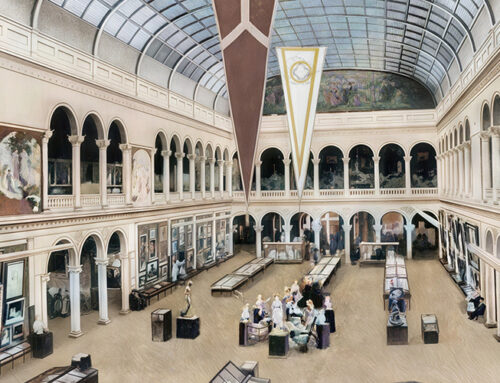
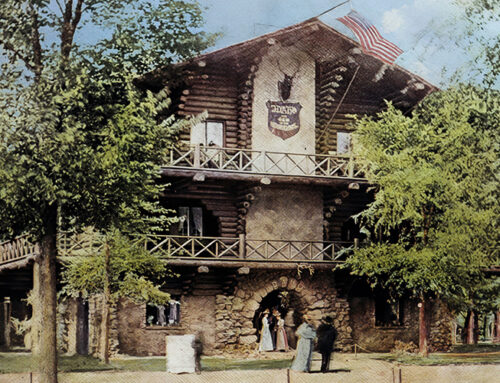
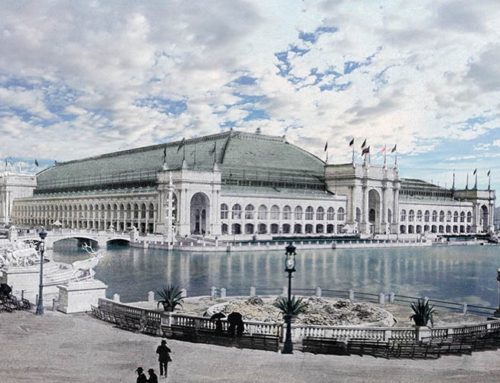
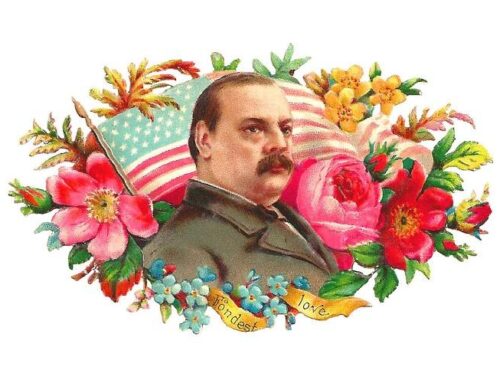
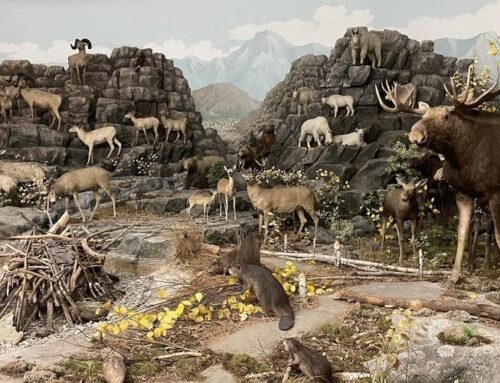
Leave A Comment